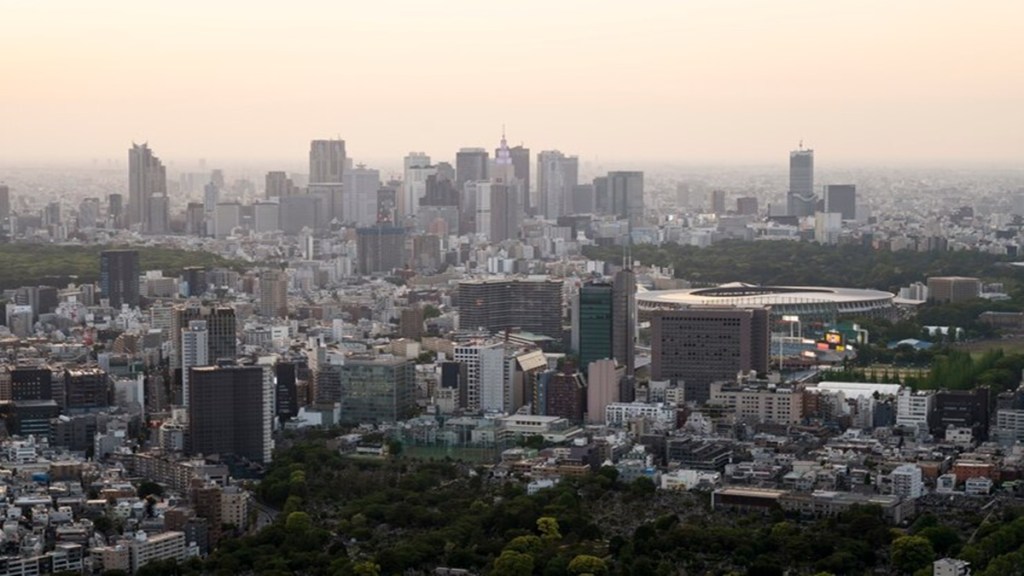By Akhilesh Tilotia
As India’s cities continue to grow, the urban landscape has evolved significantly over the past two decades. What were once peripheral or suburban areas are now integral parts of expanding urban centers. In many cities, previously isolated areas have become accessible through broader road networks and increasingly, metro systems. The transformation is palpable—today’s cities are not only growing upwards, but also outwards.
India’s urbanisation trajectory often defies conventional definitions. The country’s official urbanisation metrics are considered conservative—many of its inhabitants likely already live in what would be considered urban areas in other parts of the world. The pattern of growth typically follows one of two models—either large cities grow to form vast urban agglomerations, merging with adjacent cities, or smaller towns evolve into larger urban centers as their populations swell. In a manufacturing-driven economy, the latter model prevails, as seen in industrial towns like Jamshedpur and Durgapur. However, in a services-based economy, the first model is more prominent. Cities such as Bengaluru and Hyderabad have become vibrant hubs where proximity fosters collaboration, innovation, and growth.
Reflecting the ongoing spatial expansion of urban areas, India has seen the emergence of institutions like Regional Development Authorities (RDAs). These bodies are tasked with overseeing the growth of areas that extend well beyond the traditional boundaries of municipal governance. In cities like Mumbai and Chennai, RDAs manage areas that are several times larger than the core urban regions, signalling an acknowledgement of the broader metropolitan reality. This shift underscores the need for forward-looking urban planning that accounts for the continued spread of cities.
With the physical growth of cities comes the challenge of adapting infrastructure to meet new demands. In many Indian cities, it is not unusual for daily commuters to travel long distances, sometimes using intercity trains to reach the farthest reaches of the urban sprawl. Roads that once connected different towns now function as vital arteries of an expanded city. This growing infrastructure must be designed to accommodate large numbers of daily users from diverse socioeconomic backgrounds, creating a more complex set of challenges for city planners.
Public infrastructure, by its very nature, must be inclusive and cater to a wide cross-section of the population. When such infrastructure faces pressure—due to overuse or unequal access—it can lead to political friction.
In recent months, this has been exemplified by the move in Maharashtra to waive tolls for light motor vehicles entering Mumbai. This was one of the last executive decisions of an outgoing government before the model code kicked in before elections. Elections are fought on multi-dimensional issues and it is difficult to attribute electoral outcomes to any one action, this move seems to have met the approval of the public.
This decision to do away with tolls around a growing city mirrors a similar move in the National Capital Region, where tolls were removed from the Noida Toll Bridge after a ruling by the Allahabad High Court. The toll waivers are seen as a way to ease congestion, but they also reflect the political sensitivity surrounding the cost of urban mobility.
To gauge the significance of tolling passenger vehicles (PVs) around Indian cities, data from FasTag, coupled with insights from the Indian Highways Management Corporation Limited (IHMCL) and Thurro, an alternative data provider, reveals some striking trends in toll revenue.
As of August 2023, the latest month for which vehicle-specific data is available, PVs contributed around 21% of the total toll revenue, despite comprising a far larger share of the total vehicle count. The average toll paid by PVs—approximately Rs 80 per transaction—is considerably lower than the Rs 175 charged on commercial vehicles, reflecting the differing toll structures for different vehicle classes.
Thurro’s analysis highlights specific toll plazas where PVs make a substantial contribution. In September 2024, there were 30 toll plazas which generated more than Rs 45 lakh (approximately Rs 1.5 lakh per day) from PVs alone. Unsurprisingly, these toll plazas are situated near major urban centers.
In total, these plazas collectively accounted for Rs 207 crore) in toll revenue from PVs in that month. About half of this toll revenue—around Rs 113 crore—was generated at toll plazas which are operated by private concessionaires. Notably, this represents less than 5% of the total national toll revenue collected across India (Rs 4,500 crore).
While toll revenues from passenger vehicles are a crucial source of funding, particularly around major cities, striking the right balance between the needs of citizens and investors will require careful consideration. As urban sprawl continues, India’s ability to adapt its infrastructure planning and financing mechanisms will be key to maintaining liveable, efficient cities. In the next article, we discuss what options governments can consider in balancing the interests of investors and citizens.
This is the first of a two-part column.
The writer is distinguished fellow, The Infravision Foundation and co-founder, Thurro.
Disclaimer: Views expressed are personal and do not reflect the official position or policy of FinancialExpress.com. Reproducing this content without permission is prohibited.

